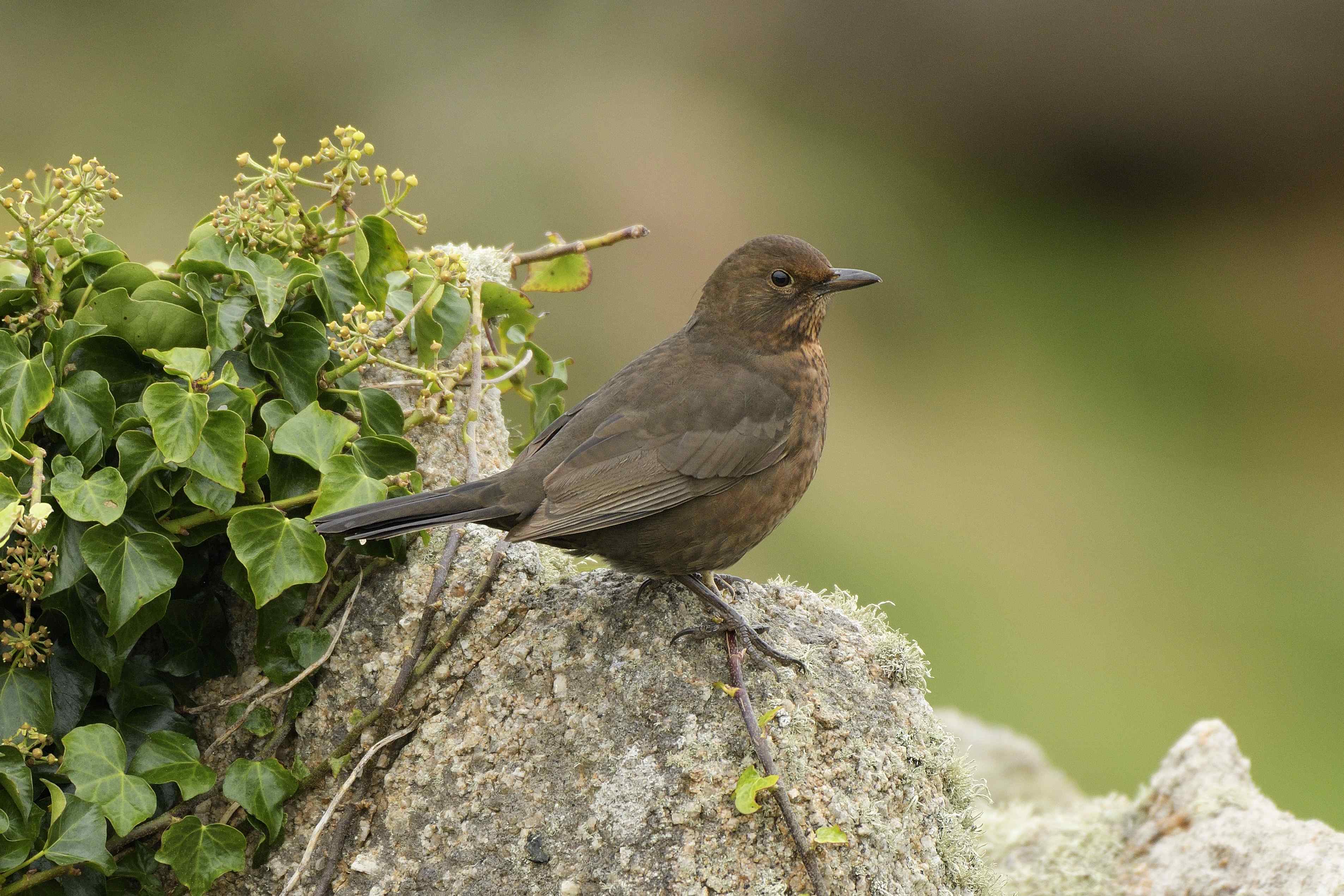Sickleholme Nature Notes
Although most of us will remember December for the snow and rain that restricted our golf, the month started with very mild weather and on two occasions I noticed clouds of Winter Gnats (Trichocera annulata). Having, as previously acknowledged, a limited knowledge of lower life forms (sic!) I saw these as no more than the beginning of the food chain and much appreciated by the local Robins. I was surprised to read, therefore, that they are common in mild weather at this time of year and that this apparently random swarming is courtship display.
The first half of the month saw more Redwings and Fieldfare, either feeding on the berries or passing overhead. These thrushes moved further south as the weather deteriorated but were replaced by a big increase in Blackbird numbers as birds from the continent arrived for the winter. Some of these are identifiable as many of the males lack the yellow eye ring that is usually prominent on our resident birds. Confusingly, however, some first-year birds (see picture) may be females or young males yet to reach adult plumage. There was also at least one bird showing patches of white. That is not unusual in Blackbirds and “all white” birds are occasionally reported from elsewhere and can be quite spectacular. I saw just one Song Thrush during the month and a small number of Mistle Thrushes but Trevor Hoyland was lucky enough to see a Ring Ouzel on 19th, so very much a month of thrushes with six species in all. Wintering Ring Ouzels are uncommon but when they do occur they are usually close to the natal site which explains why more occur in Derbyshire than in most counties.
Patrick’s attention to the clubhouse feeders did much to add to the number of species reported whilst the commonest birds around the course seemed to be Robin and Wren. The latter (see picture) may have the shortest common name amongst British species but it has one of the longest Latin names, Troglodytes troglodytes, and there can’t be many species that are noisier or have such a lengthy song relative to their size.
Our bird boxes have all been cleaned out, thanks to the diligent efforts of Alan Kydd from Hathersage, and overall 2017 has been a good breeding season around the course. That included the Moorhen families that successfully raised young around the small practice ground pool. And so, to 2018 – may it be full of good golf and plenty of wildlife.
Bryan Barnacle



